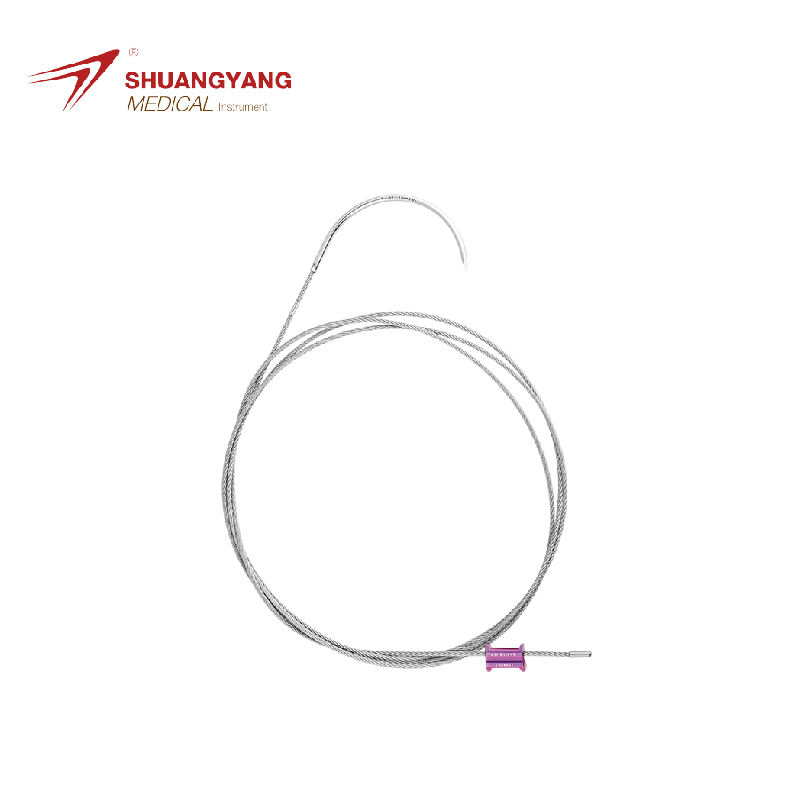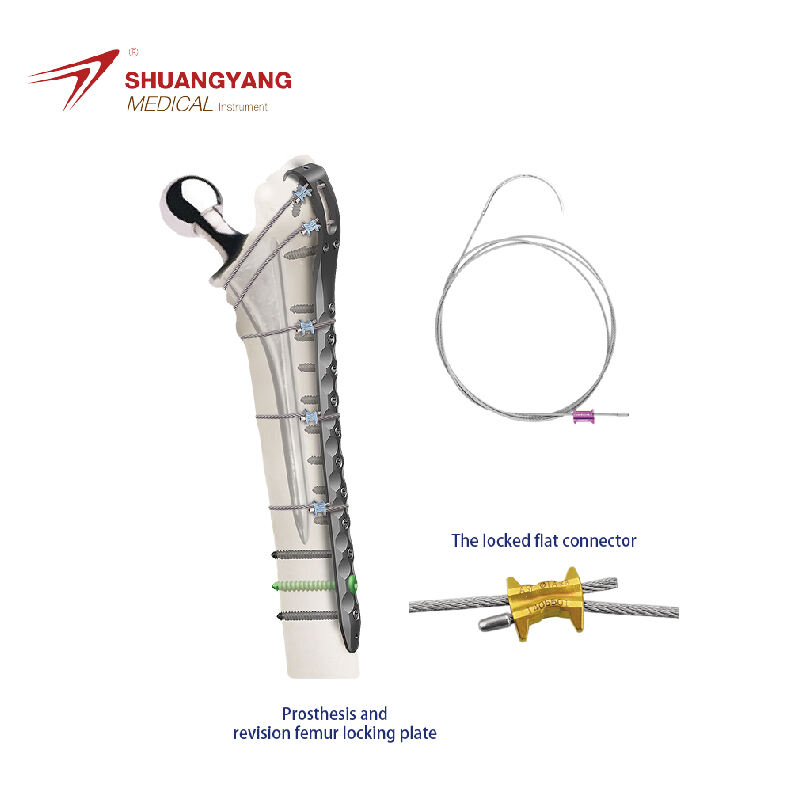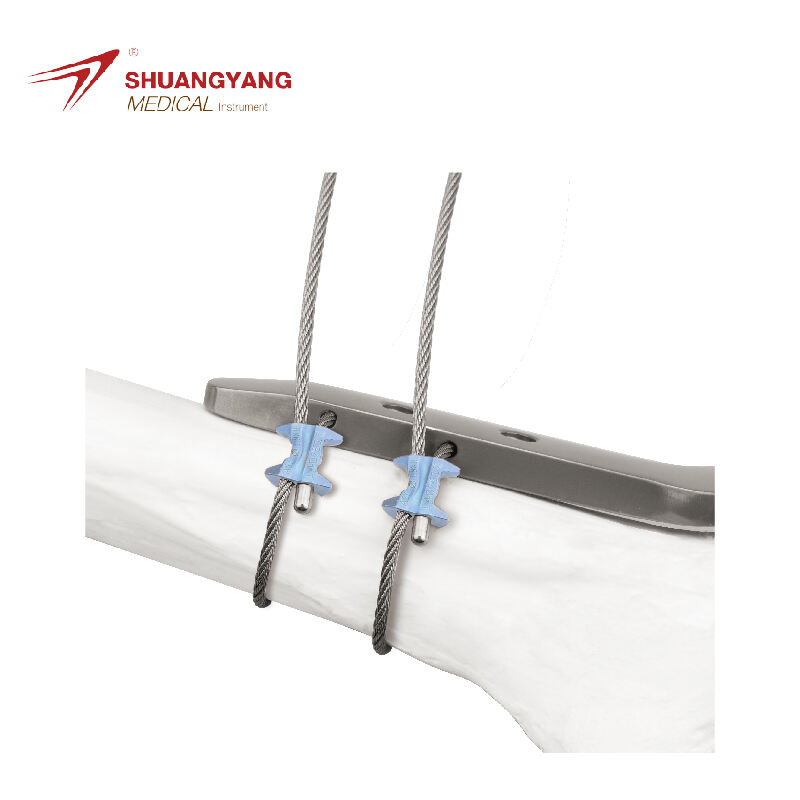Minimally Invasive Surgery
A key advantage of the distal tibia locking plate is its compatibility with minimally invasive surgery techniques. The plate's design allows surgeons to insert it through small incisions, which reduces tissue damage and blood loss during the procedure. This minimally invasive approach leads to faster recovery times, lower infection rates, and less postoperative pain for patients. Additionally, the smaller incisions result in less scarring, which is a significant aesthetic benefit. By offering a less invasive treatment option, the distal tibia locking plate improves patient outcomes and reduces the burden on healthcare systems.


